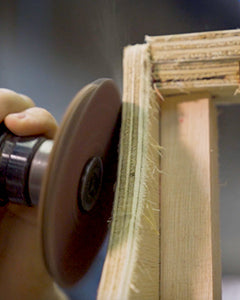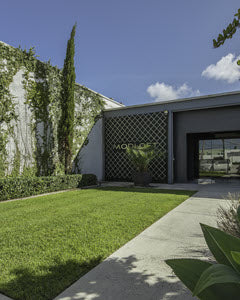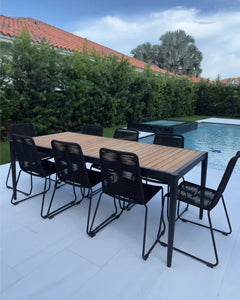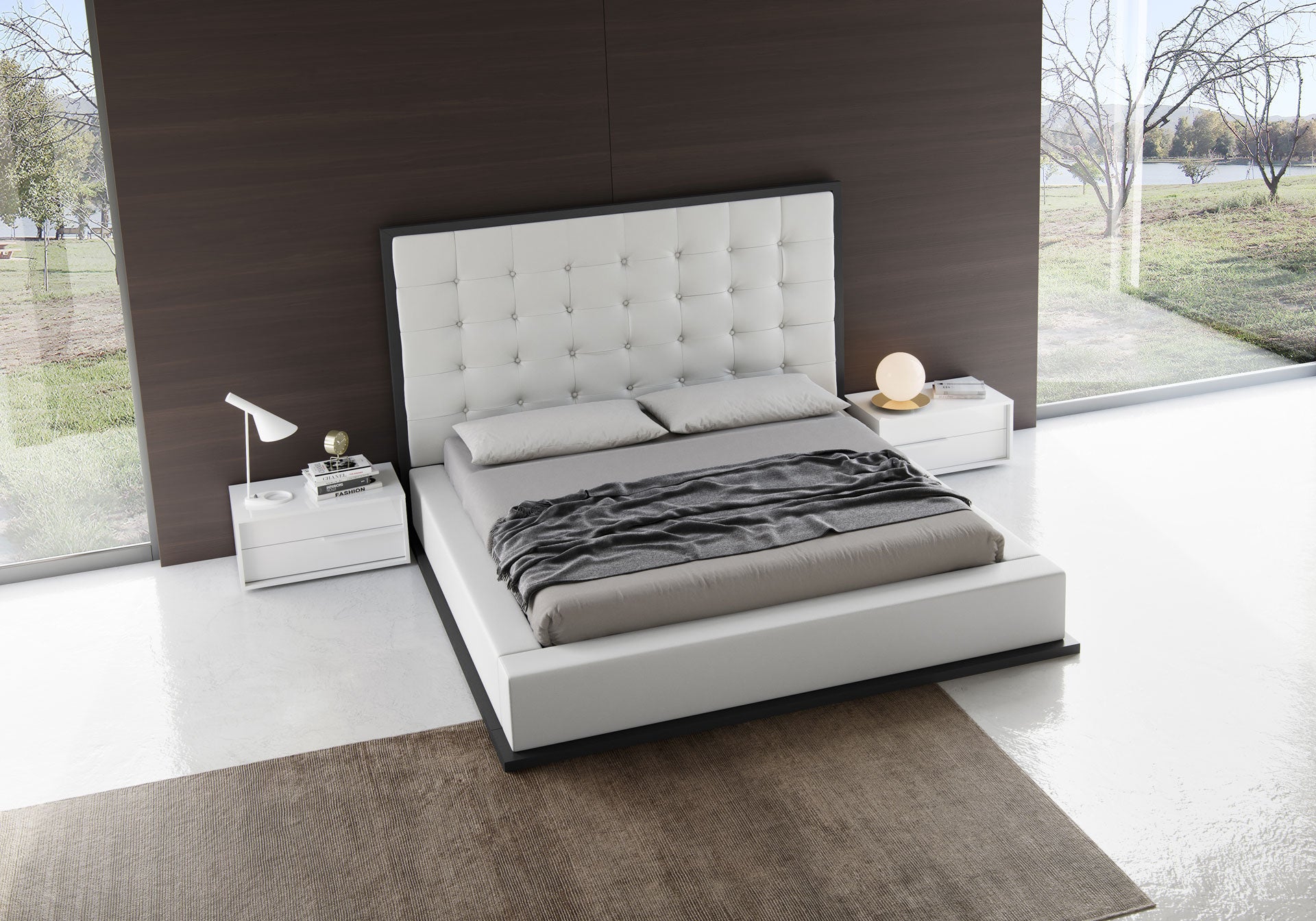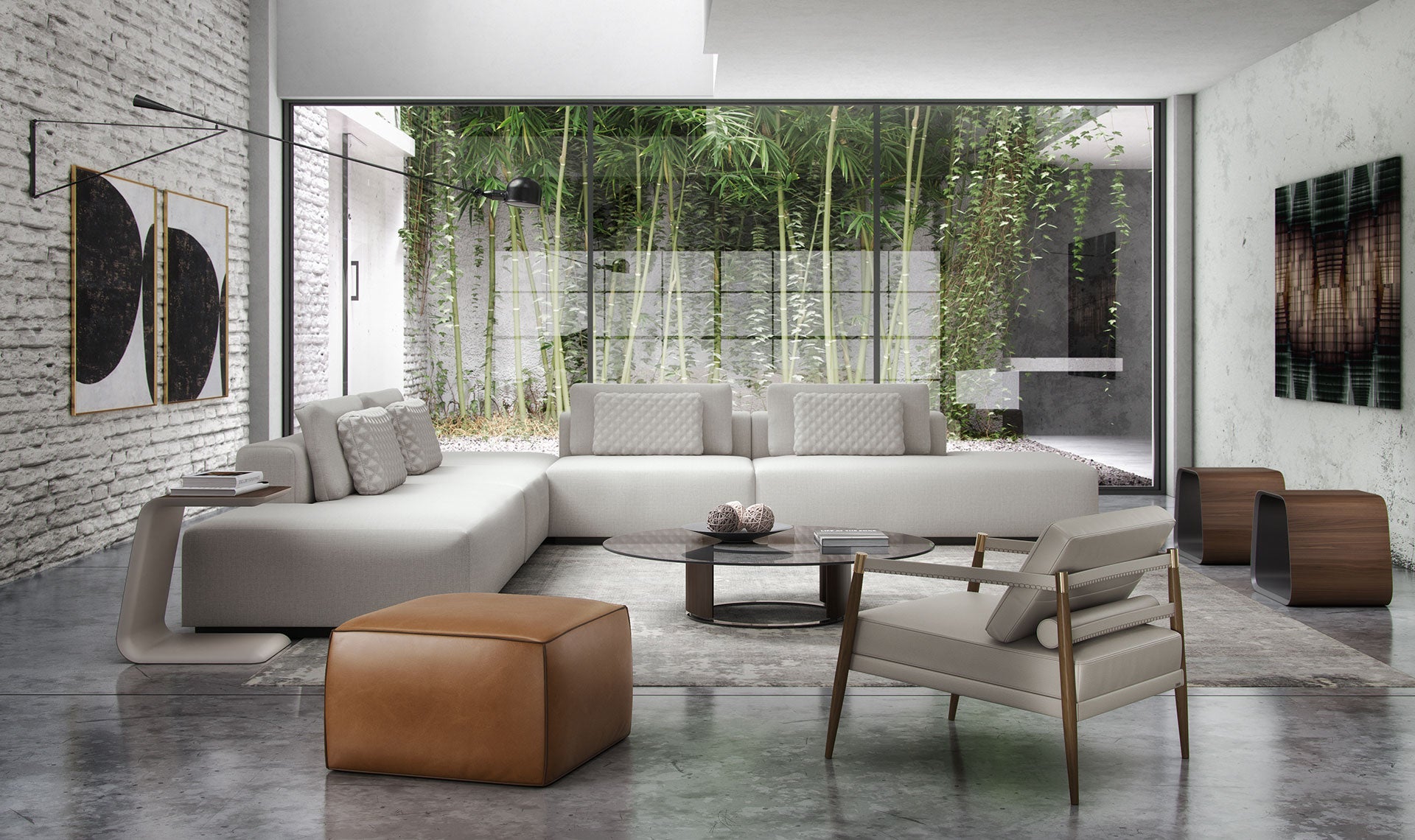Maybe you like the idea of a sectional more than you like the reality of shopping for one. We understand. Deciding on the perfect sectional is a challenge, especially when you realize just how versatile sectionals can be.
The use of a sectional in your living space usually means you’ll omit separate loveseats and couches and possibly even skip on accent chairs if you’re limited on space. That makes selecting furniture a bit easier, but positioning a sectional can be quite a task.
If RAF and LAF (we’ll explain later) have your head spinning, you’ve come to the right place. We’ll discuss the sectional sofa, its origins, and how to buy the perfect one for your space.
What Is a Sectional?
A sectional is a piece of modular furniture, meaning it has more than one part that fits together to make a bigger piece of furniture. Most sectionals are made to be used with the pieces remaining together (i.e., you won’t slide them apart for separate use).
Sectionals usually consist of three or four parts:
- A three seat sofa section. This section will have one arm on one side and none on the other. It has three seats like a traditional sofa.
- A loveseat section. The loveseat section typically has two seats, and one will have an arm.
- A connecting wedge. This piece is a single seat that connects the sofa piece to the loveseat piece. It looks like a wedge because it fits between them and creates a sharp angle.
- An additional single seat. Some sectionals have an optional single seat to expand your furniture and provide even more seating. This single seat won’t have arms on either side and will only have one cushion. You might place it between the sofa and wedge or between the loveseat and wedge.
The most popular shape of a sectional is an “L” shape, with one side extending longer than the other. However, some sectionals connect in a straight line, and still, others are so large they form a “U” shape.
Sectionals help you maximize your seating in a single space, providing multiple seats in one location without the need to create space between two pieces of furniture. The unique seating provided by a sectional, however, does create a cozier seating arrangement that may not be comfortable for everyone.
Sectional: A Brief History
The history of the sectional is something antique furniture collectors love to debate. While it’s known that sectional furniture was used during the Victorian Era (1837-1901), the sectional pieces of that time were made to be arranged singularly and pushed together when needed.
Conversations in crowded parlors called for the use of seating that could easily be adjoined to facilitate a more private conversation.
The debate about the origins of sectionals in the United States stems from whether or not they were present here prior to the Civil War. Some collectors and enthusiasts insist that they were, while most insist they were not. It is widely accepted that modular furniture was first developed on the battlefield during the Civil War.
Soldiers had a need for portable furniture that could easily be broken down and moved to the next camp, which spawned the creation of the sectional. It’s also accepted that the hometown of the sectional is near Fredericksburg, VA.
Regardless of the beginnings, the modern-day sectional is attributed to Harvey Probber, a furniture designer whose work with modular furniture in the 1940s made him a pioneer of the sectionals we use today.
RAF vs. LAF: What Does It Mean?
Once you begin shopping for sectionals, you’ll surely encounter these three-letter acronyms. They stand for “right arm facing” and “left arm facing.” Because a sectional only has an arm on one end, the piece is referred to as either RAF or LAF, depending on the side where the arm is located when you are facing the sofa.
- Left arm facing. Left arm facing (LAF) sofas have an arm on the left side when you view the sofa in front of you. The right side doesn’t have an arm.
- Right arm facing. Right arm facing (RAF) sofas have an arm on the right side but not the left when the sofa is facing you.
Why does all this matter? It matters because it determines how your sectional will be set in your space. For instance, if you have a sectional that is L-shaped, you’ll need to know where you want the longer side to be positioned.
If you want the longest part to face you with a shorter part adjoining it to the left, you’ll want the longest part (or sofa) to be right arm facing and the shortest part (or loveseat) to be left arm facing.
This becomes increasingly more important if you decide to use an option that has a chaise.
To Chaise or Not to Chaise
Many sectionals have chaise lounge options that can offer additional seating and a place to put your feet up at the end of the day. A chaise lounge is simply a longer cushion on one side that’s similar in length to a loveseat. A chaise has no back on one side. Think of a lawn chair, but plush and attached to your couch.
Using a chaise allows you to disregard a footrest, and if your sectional is small, you likely won’t use a coffee table, either. While it’s a great spot for a single user to sprawl out, it also makes for additional seating in a pinch.
Unless your sectional is large, you’ll usually only have a chaise on one side, as two perpendicular chaises would box in your space and make it virtually impossible for you to navigate around your furniture effectively or comfortably.
Reclining Sectionals
You’ll also find you have the option of purchasing a reclining sectional. A reclining sectional has at least one chair that manually or automatically reclines. Usually, these chairs are situated on the end. However, large sectionals may have a series of reclining chairs.
Reclining sectionals are ideal for theatre rooms as they allow each guest the option of positioning themselves in a way that they can perfectly see the screen. These pieces are large and sometimes very bulky, so they may not be the best option if you have a smaller space.
Fabric Selection
Once you’ve decided the type of sectional you need (and, of course, whether that type will be LAF or RAF), you can start ironing out design details, like upholstery choice. There are three options that you’ll find commonly on sectional furniture.
Here are the pros and cons of each:
Cloth
You’ll love cloth sectionals because they are available in numerous colors and types. From structured tweeds to butter velvets, cloth is a beautiful option that fits in any space. The cloth you’ll find on a high-end sectional should be long-lasting, but keep in mind that it doesn’t last forever. Eventually, it will need reupholstering.
You’ll also need to care for cloth properly. Spot cleaning stains and regular vacuuming is essential in keeping your cloth sectional looking fresh and new.
Microfiber
If your heart is set on a sectional, but your budget is a little tight, try a microfiber option. Microfiber is slightly less expensive than most cloth options and still as comfortable.
Microfiber does show wear and tear more than cloth and will need to be spot cleaned regularly. It can be difficult to clean microfiber, but if you regularly vacuum and spot treat it, deep cleaning shouldn’t be necessary that frequently.
Leather
There’s nothing more opulent than a beautiful piece of leather furniture. Leather sectionals will last for generations with very little care. The upfront investment may be more than a cloth or microfiber sectional, but the extended time you’ll be able to use your sectional will make the investment worth it.
The Final Section
A sectional is the perfect option for maximizing seating in your space, creating a casual yet polished look, and making light work of your furniture selection. It’s important to plan before you shop. Know how you want your sectional to fit into your space, and make sure you buy the appropriate amount of pieces so your sectional fits.
When you shop for furniture, you’ve got a million options. At Modloft, we think you’ll find our furniture has an irresistible appeal that comes from working with design-obsessed architects.
We create our furniture to be durable and timeless, with just the right amount of edge and style. Our furniture is beautiful and intentionally created to help you bring beauty and intention to your favorite spaces.
Sources:
Is the sectional sofa a Virginia invention? | Latest Headlines | fredericksburg.com
From Sitting to Lounging: The Rise of the Sectional Sofa | Hunker
Harvey Probber, a Designer Of Furniture, Is Dead at 80 |NY Times


